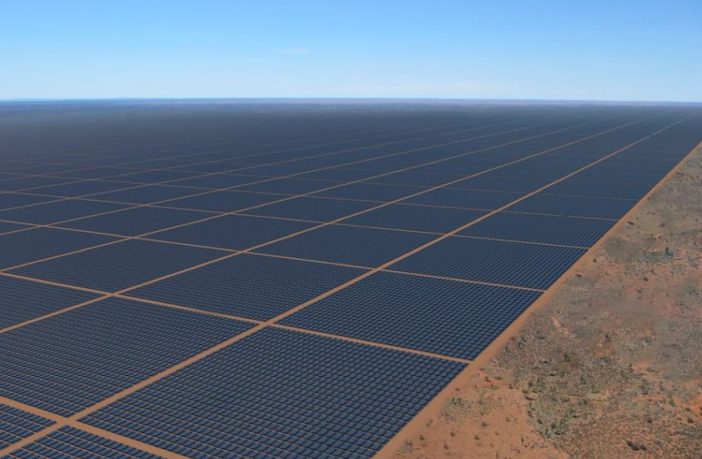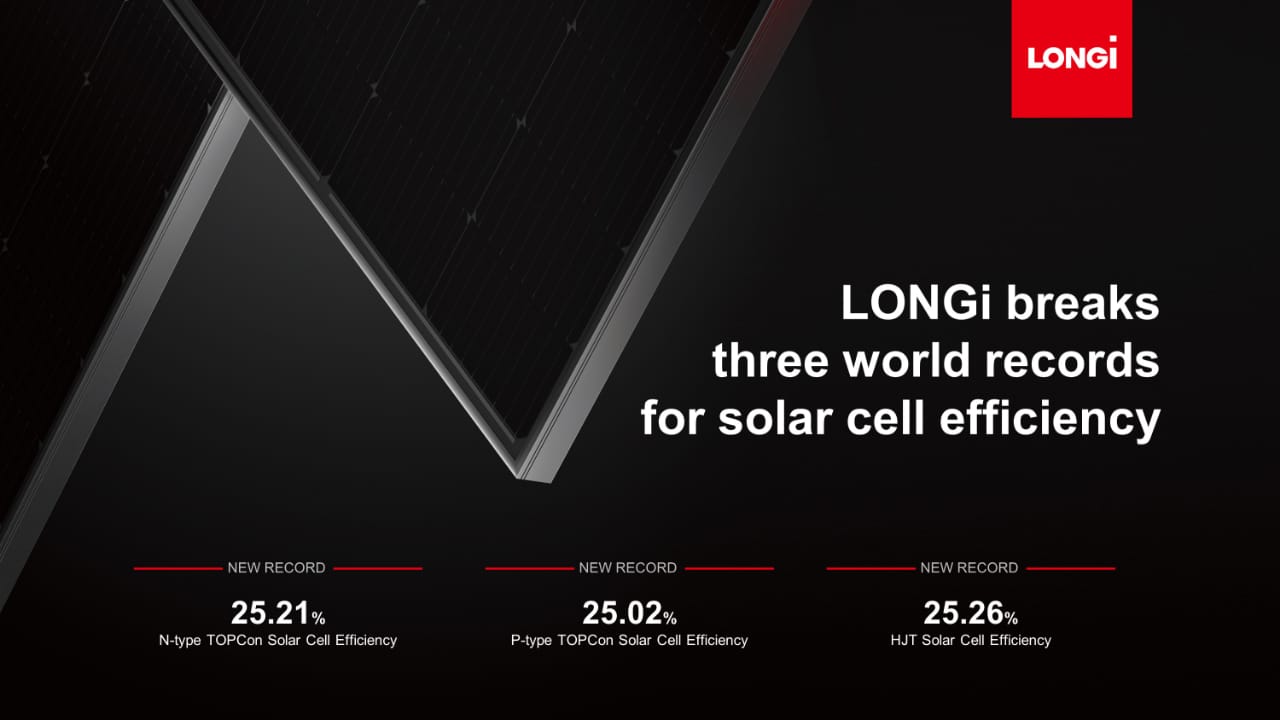- The New Energy Outlook 2021 report published by analyst BloombergNEF (BNEF) has declared the world must add at least 455 GW of solar generation capacity annually, to 2030, to keep us on track for a net-zero global economy in mid century.
Snapshots
And with the U.S. owned data company having plotted three routes to carbon neutrality, depending on the dominant power generation technology, the ‘green’ scenario outlined in yesterday’s study projected a need for 632 GW of solar per year for the next three decades, to attain a 20 TW global solar fleet in 2050.
That solar and wind-friendly green route to capping global heating at a maximum 1.75 degrees Celsius this century, would also require 257 GWh of new battery energy storage capacity for the next 29 years, to reach 7.7 TWh in mid century.
The alternative scenarios envisioned by BNEF’s analysts are a ‘red’ outlook, which would rely on nuclear to lead the way, helped by the widespread roll-out of small, modular reactors; and a ‘grey’ future, in which carbon capture tech enables the continued use of coal and gas.
In the green scenario, solar and wind power would rise from around 1.3% of the world’s primary energy use today to 15% this decade and 70% by mid century. The grey alternative would see intermittent renewables account for 26% of primary energy and no estimate was provided for solar and wind in a nuclear future outlined by BNEF in a press release issued yesterday to publicize the report.
The analyst posited the 455 GW per year of solar required figure regardless of the dominant power generation technology, and said at least 505 GW of wind power would also need to come online, annually, this decade, plus 245 GWh of battery capacity and 35 million electric vehicles, to keep us on track whether it be in a green, red or grey decade.
With the power sector having to do most of the heavy lifting required to 2030, in terms of bringing down carbon emissions, BNEF said the current $1.7 trillion annual spend on energy infrastructure – including solar parks – would have to reach between $3.1 trillion and $5.8 trillion per year to 2050 for a total bill, by mid century, of $92-173 trillion, depending on the dominant technology type.
Author: Max Hall
This article was originally published in pv magazine and is republished with permission.












